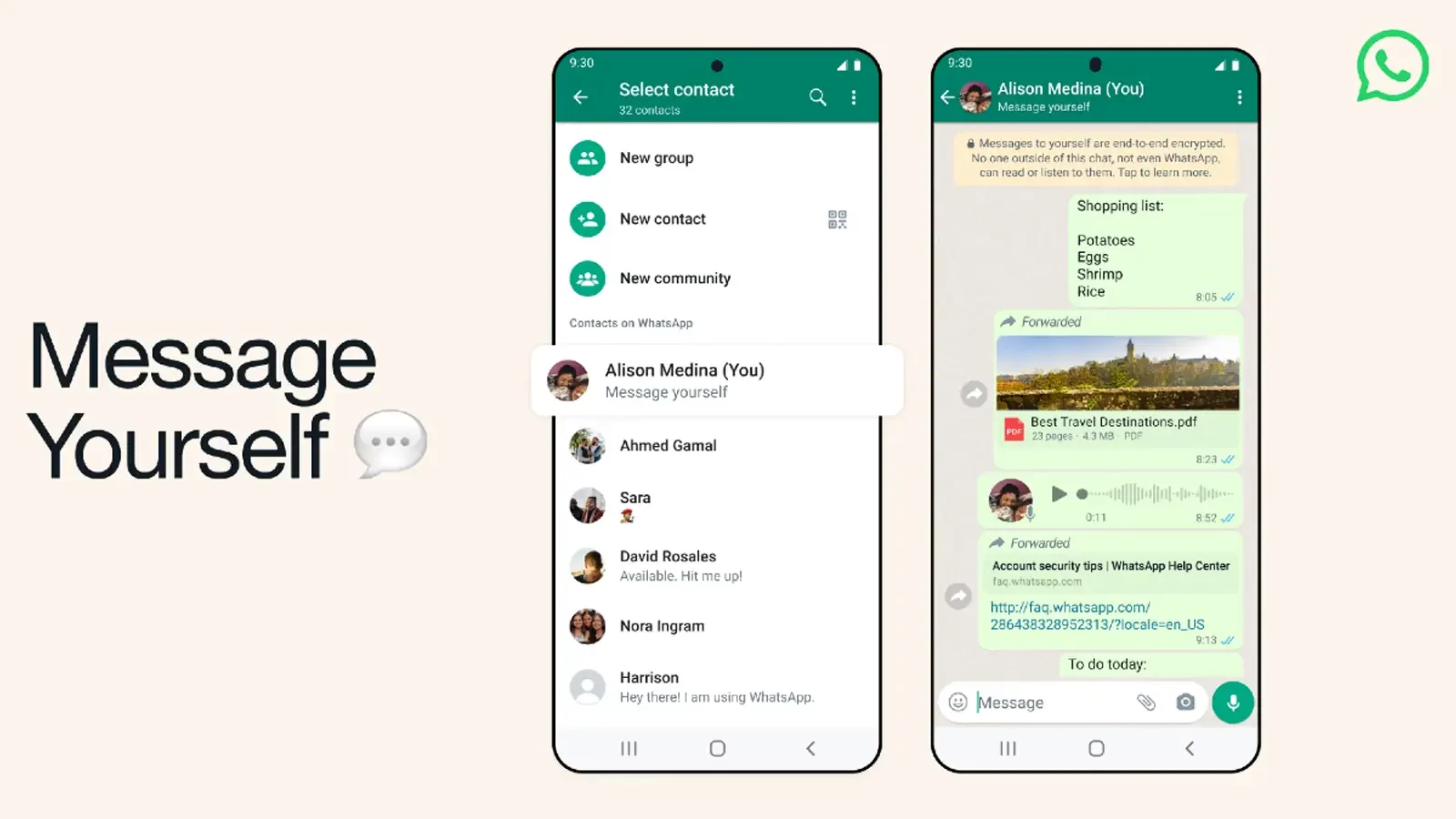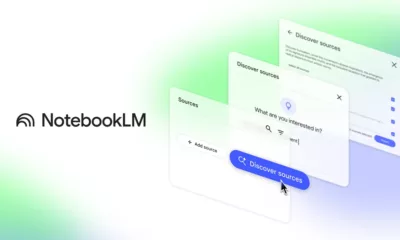Apps
WhatsApp now lets you send a message to yourself
The new feature is rolling out for Android and iOS users now.

Just a heads up, if you buy something through our links, we may get a small share of the sale. It’s one of the ways we keep the lights on here. Click here for more.
The latest version of WhatsApp copies Slack’s most underrated feature: the ability to message yourself. It’s currently rolling out to Android and iOS users.
It sounds lonely and a bit sad, but trust me, it isn’t. In short, it’s a note-taking tool that allows users to create memos without leaving the app.
Here’s how it works. When you want to leave a note for yourself, just start a new chat. Your name will appear at the top of your contacts list.
WhatsApp will synchronize your memos across the various devices you’re logged in, with notes protected by the company’s end-to-end encryption.
Unlike the changes to WhatsApp’s account-sharing capabilities, which we discussed earlier this week and remain in beta, WhatsApp’s memo functionality is available to use now.
The feature appears on version 22.23.74 on iOS, and version 22.22.23.77 on Android.

With this update, WhatsApp catches up with the competition. As mentioned, Slack already lets you leave notes for yourself by DMing Slackbot.
Signal rolled out its “Note to Self” tool in 2021. Even iMessage lets you text yourself.
WhatsApp is the world’s most popular messaging app. In recent months, the Meta-owned platform has sought to narrow the functionality gap between itself and its many competitors.
To access WhatsApp’s new notes feature, update your app in the App Store or Google Play Store. If you still don’t have it, you’ll likely have to wait a few days for the company to complete its rollout.
Have any thoughts on this? Carry the discussion over to our Twitter or Facebook.
Editors’ Recommendations:
- How to add people on WhatsApp
- Twitter will no longer mention which device tweets come from
- Signal adds Stories to its app
- Telegram founder says we should ‘stay away’ from WhatsApp































